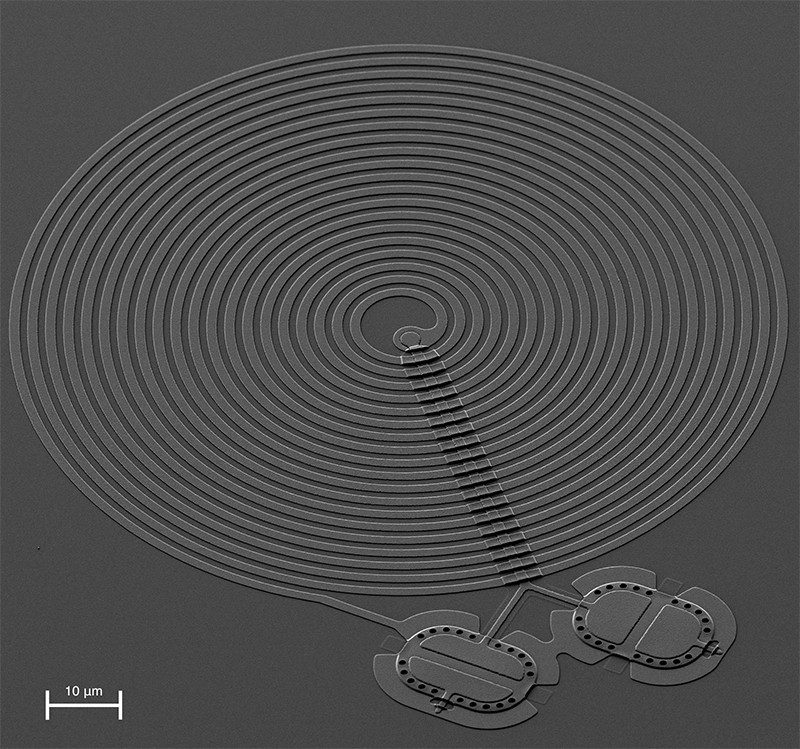The physicist, Shlomi Kotler, and his team of collaborators in an experiment at the US National Institute of Standards and Technology in Boulder, Colorado, built a pair of vibrating aluminum membranes.
By playing these two tiny drums, the physicists have demonstrated that quantum entanglement works not only for subatomic particles but for larger objects as well. These structures barely visible to the naked eye and consisting of around one trillion atoms are enormous by quantum standards.
The findings of Shlomi Kotler and his team of collaborators were described in two Science papers on 6 May 2021. These findings of the experiment could help researchers develop measuring devices of higher sensitivity and definitely in some applications in quantum computers in near future. These findings also provide evidence of Quantum Entanglement in Macroscopic objects.

The fact remains that nothing in the laws of quantum physics limits such quantum weirdness to subatomic particles; however the theory predicts that much larger scales quantum effects could be so small that it would be difficult to observe the same in practice. Now, this could be the limitation of our senses or measuring instruments. To explore this question, the researchers have been trying hard to observe quantum effort at larger scales.
The experiment called Quantum Drums-
A pair of vibrating aluminum membranes akin to two tiny drums, each around 10 micrometers long was developed by the experimenting team.
The team tickled the membrane with microwave photons to make them vibrate in sync, in such a way that their motions were in the quantum-entangled state.
At any given time the displacement of the drums was in exact position.
The past two studies, the first one by Ralf Riedinger and his team and the second by C.F Ockeloen with his team where their work qualitatively extended the range of entangled physical systems and has implications for quantum information processing, precision, measurement, and test of limits of quantum mechanics.
But Kotler and his team were able to see the entanglement more directly by amplifying the signal coming out of their devices.
Quantum Weirdness-
David Lindley, who is a trained physicist and writes books about science, including quantum science from his home in Virginia says,” The bottom line is, the quantum world just doesn’t work in a way the world around us works.”
Google Scholar is flooded with articles on Quantum Weirdness which means this is not something we can let go of without knowing about.
Here’s an example of weirdness:
If you hit a baseball over a pond, it sails through the air to land on the other shore. If you drop a baseball in a pond, waves ripple away in growing circles. Those waves eventually reach the other side. In both cases, something travels from one place to another. But the baseball and the waves move differently. A baseball doesn’t ripple or form peaks and valleys as it travels from one place to the next. Waves do.
But in experiments, particles in the subatomic world sometimes travel like waves. And they sometimes travel like particles. Why the tiniest laws of nature work that way isn’t clear — to anyone.
That’s what increases the Quantum Weirdness.
The experiments like Kotler’s will prove out to be crucial for applications such as quantum computers that could encode information in the vibrations of an array of membranes. According to Kotler, it’s an alternative to popular approaches using current.
Curious to know about Quantum Gravity, check out our previous article.
Sources-
https://www.nature.com/articles/d41586-021-01223-4














